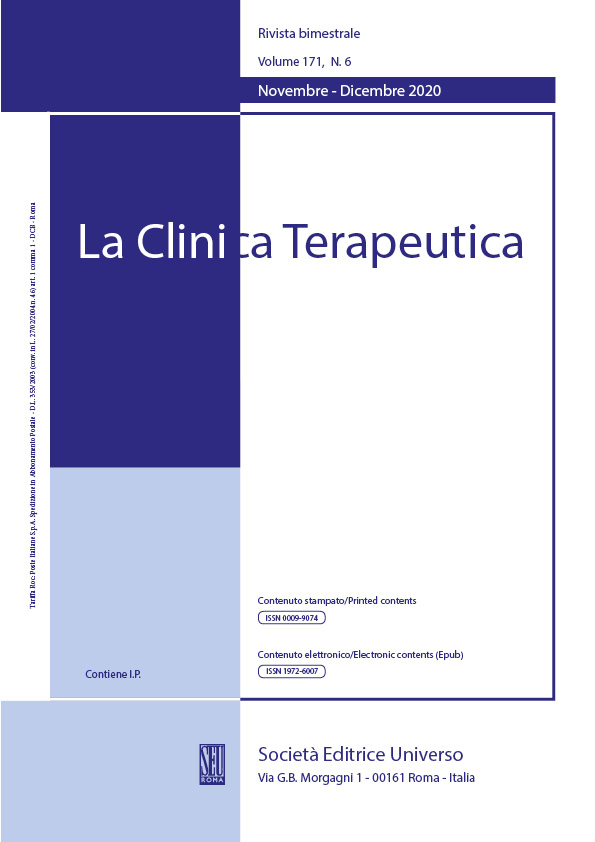Abstract
Background:
Studies have reported huge variations in the prescribing practice of warfarin. We carried out a clinical audit of warfarin use in an anticoagulation clinic of a tertiary care hospital.
Methods:
Patients receiving warfarin for at least 6 months were recruited and the following details were collected: demographics (age, body weight and gender); diagnoses; concomitant drugs. We calculated CHA₂DS₂-VASc, HASBLED and SAMe-TT2R2 scores for each study participant. Statins, proton pump inhibitors, carbamazepine and amiodarone were the concomitant drugs identified with potential drug interaction with warfarin in patients.
Results:
Two hundred and three patients were recruited. Almost one-third of the study population had poor anticoagulation status. CHA₂DS₂-VASc and HASBLED scores were the significant predictors of appropriate anticoagulation. Poor anticoagulation status was observed more commonly in the first 6 months following which improvements were seen. Nearly half-of the time abnormal PT-INR was observed to be either between 2 to 2.4 (for patients with heart valve replacements) or 1.5 to 1.9 (for other indications). Significant number of patients without any potentially interacting drugs was observed with higher risk of supra-therapeutic PT-INR.
Conclusion:
We observed a similar proportion of patients with adequate anticoagulation in our study participants as reported in other populations; and have identified categories at risk for poor anticoagulation. It is the need of the hour to develop in-house algorithm in compliance to international standards for dose titration of warfarin.
